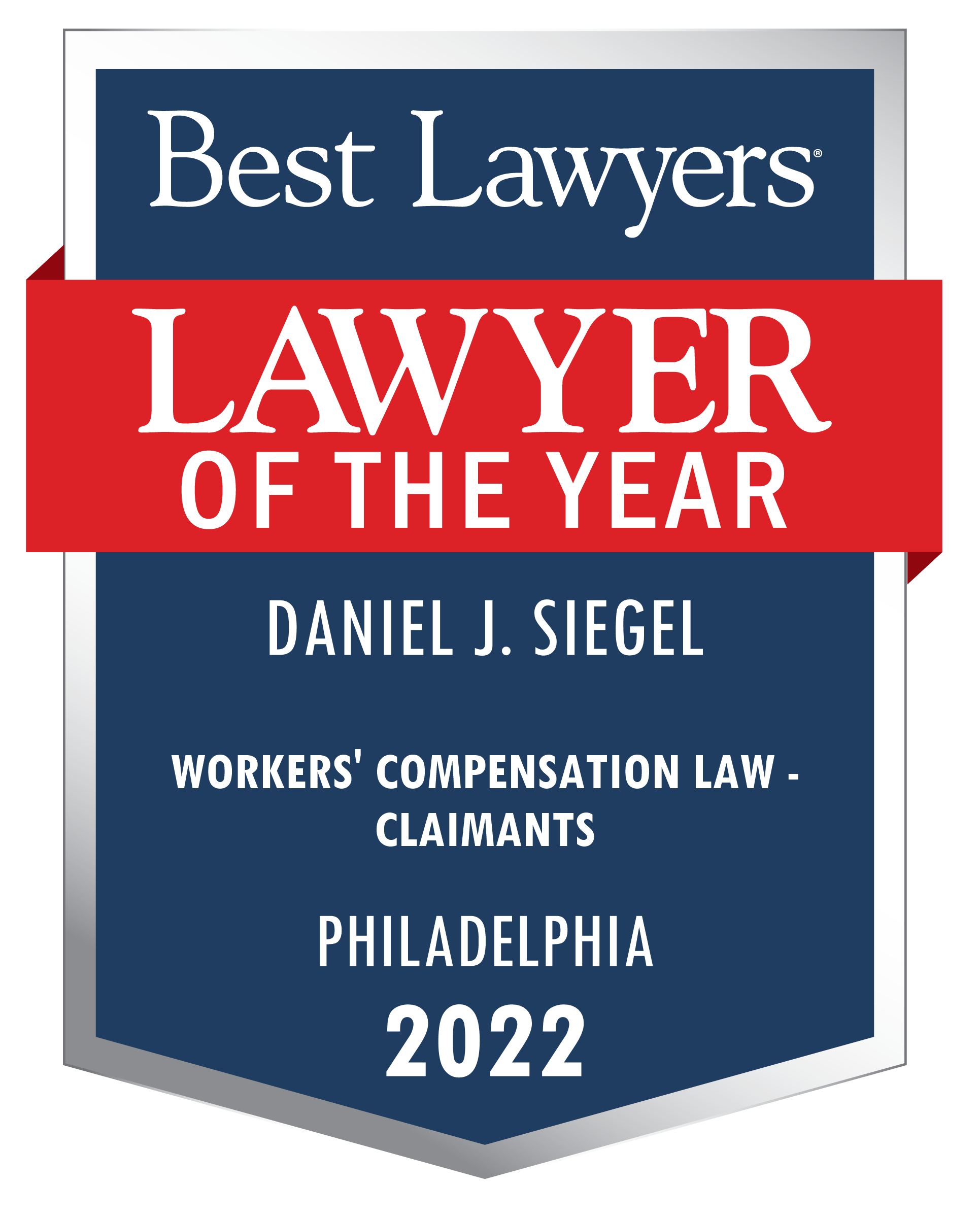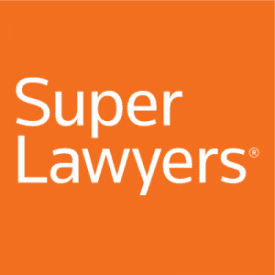Pennsylvania Supreme Court Rejects the Restatement (Third) of Torts: Products Liability
In a much anticipated opinion, the Pennsylvania Supreme Court finally held that Pennsylvania will not depart from the strict liability standard for product liability cases set forth in Section 402A of the Restatement (Second) of Torts. In recent years, a divide arose between those favoring the existing strict liability standard and advocates for adopting the alternative standard provided by the Third Restatement. This rift only deepened as the Pennsylvania Supreme Court declined to address the question, while the Third Circuit predicted that it would ultimately adopt the Third Restatement. In Tincher v. Omega Flex, Inc., the Pennsylvania Supreme Court finally resolved this issue and explicitly rejected adoption of the Third Restatement. Click here to read the Majority and the Concurring and Dissenting Opinions (in one document).19, 2014
In Tincher, the plaintiffs suffered extensive property loss allegedly caused by a defect in the stainless steel tubing that transported natural gas to a fireplace on their first floor. Due to its defective condition, the tubing was unable to withstand a lightning strike, and the plaintiffs’ house burned following one.
The question certified for the appeal in Tincher was “whether this Court should replace the strict liability analysis of Section 402A of the Second Restatement with the analysis of the Third Restatement.” The defendants sought adoption of the Third Restatement, arguing that it provides a more precise articulation of the strict liability doctrine and would return Pennsylvania into the mainstream on this issue. The plaintiffs opposed adoption of the Third Restatement because it essentially would replace the existing strict liability scheme with negligence.
In answering this question, the Court first provided a detailed history of the evolution of product liability law in Pennsylvania. The Court then overruled its 1978 decision, Azzarrello v. Black Brothers Co., 391 A.2d 1020 (Pa. 1978) and the negligence/strict liability analysis set forth therein.
The Court then considered what the new liability standard should be and declined to adopt the formulation set forth in the Third Restatement, although it did note that the new strict product liability standard is guided by certain principles contained in the Third Restatement.
The new strict product liability standard adopted by the Court is articulated as follows in Tincher:
. . . we conclude that a plaintiff pursuing a cause upon a theory of strict liability in tort must prove that the product is in a “defective condition.” The plaintiff may prove defective condition by showing either that (1) the danger is unknowable and unacceptable to the average or ordinary consumer, or that (2) a reasonable person would conclude that the probability and seriousness of harm caused by the product outweigh the burden or costs of taking precautions. The burden of production and persuasion is by a preponderance of the evidence.
Tincher, p. 2. In explaining this new standard, the Court emphasized that the issue of whether a product is defective is a question of fact to be considered by a jury. The Court also provided guidance on the practical implications of the new standard, particularly what a plaintiff must now allege in order to establish a prima facie product liability case:
As is generally the case, the plaintiff is the master of the claim in the first instance. The immediate implication is that counsel must articulate the plaintiff’s strict liability claim by alleging sufficient facts to make a prima facie case premised upon either a “consumer expectations” or “risk-utility” theory, or both.
Tincher, p. 130.
In concluding, the Court stressed that this new strict product liability standard “is not intended as a rigid formula to be offered to the jury in all situations. The alternate theories of proof contour the notion of ‘defective condition’ in principled terms intended as comprehensive guidelines that are sufficiently malleable to account for product diversity and a variety of legal claims, products, and applications of theory.” Tincher, p. 132.







